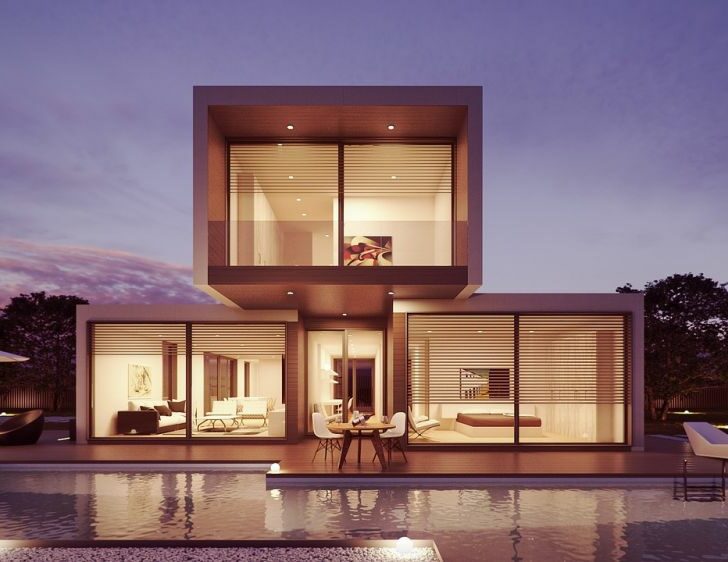Alvar Arkitekt: Exploring the World of Architecture

Introduction:
Alvar Arkitekt is a prominent architectural style that has garnered widespread attention in recent years. In this comprehensive article, we will delve into the fundamental aspects of Alvar Arkitekt, its types, popularity, and quantitative measurements. Additionally, we will discuss the distinguishing factors between various Alvar Arkitekt designs and provide a historical overview of their advantages and disadvantages. So, let’s embark on this enlightening journey into the realm of Alvar Arkitekt.
Overview of Alvar Arkitekt:

Alvar Arkitekt, originating from Scandinavia, is characterized by its minimalist and functional approach to design. It embraces simplicity and harmony, aiming to create spaces that are not only aesthetically pleasing but also practical for everyday living. Alvar Arkitekt finds inspiration in nature, incorporating natural materials and forms into its architectural creations.
Introduction to Alvar Arkitekt Types:
There are several types of Alvar Arkitekt designs, each with its unique characteristics. The most popular types include residential homes, commercial buildings, and public spaces. Residential homes often feature open floor plans, large windows, and seamless connections to outdoor areas. Commercial buildings focus on efficient space utilization and often incorporate green elements to promote sustainability. Public spaces, such as parks and squares, emphasize blending with the natural landscape and fostering community engagement.
Popularity and Recognition:
Alvar Arkitekt has gained significant popularity over the years due to its timeless design principles and emphasis on functionality. Many renowned architects and designers have contributed to its growth, further cementing its reputation. Examples of notable Alvar Arkitekt structures include the iconic Villa Mairea and the Paimio Sanatorium. These buildings have become symbols of Alvar Arkitekt’s influence on the architectural world.
Quantitative Measurements in Alvar Arkitekt:
Quantitative measurements play a vital role in evaluating and understanding the impact of Alvar Arkitekt designs. These measurements include energy efficiency ratings, water consumption levels, and carbon footprints. The integration of sustainable technologies, such as solar panels and rainwater harvesting systems, contributes to reducing the environmental impact of Alvar Arkitekt structures. Architects often use these quantitative measurements to showcase the efficiency and eco-friendliness of their designs.
Distinguishing Factors between Alvar Arkitekt Designs:
Although Alvar Arkitekt shares common design principles, there are distinct factors that set each design apart. These factors can include the choice of materials, the integration of natural elements, and the overall aesthetic appeal. Some Alvar Arkitekt designs may prioritize a more rustic appearance, incorporating exposed timber and stone, while others may lean towards a sleek and contemporary style, utilizing glass and steel. These variations allow architects to adapt the Alvar Arkitekt style to individual preferences and project requirements.
Historical Overview of Advantages and Disadvantages:
Alvar Arkitekt, like any architectural style, has its pros and cons. Throughout history, Alvar Arkitekt has been applauded for its seamless integration with nature, functional design, and longevity. Its use of natural materials enhances the overall aesthetic and creates a connection with the surroundings. However, critics argue that Alvar Arkitekt can sometimes lack warmth and personalization. The minimalistic approach may not appeal to those seeking a more ornate and intricate architectural style.
In conclusion, Alvar Arkitekt is a remarkable architectural style that continues to shape the modern landscape. Through its minimalist and functional design principles, Alvar Arkitekt creates spaces that not only captivate the eye but also harmonize with nature. The various types and distinguishing factors within Alvar Arkitekt provide architects and designers with the opportunity to create unique, yet distinctly characteristic structures. By embracing sustainable technologies and keeping a pulse on societal needs, Alvar Arkitekt will undoubtedly remain a prominent force in the architectural world for years to come.











